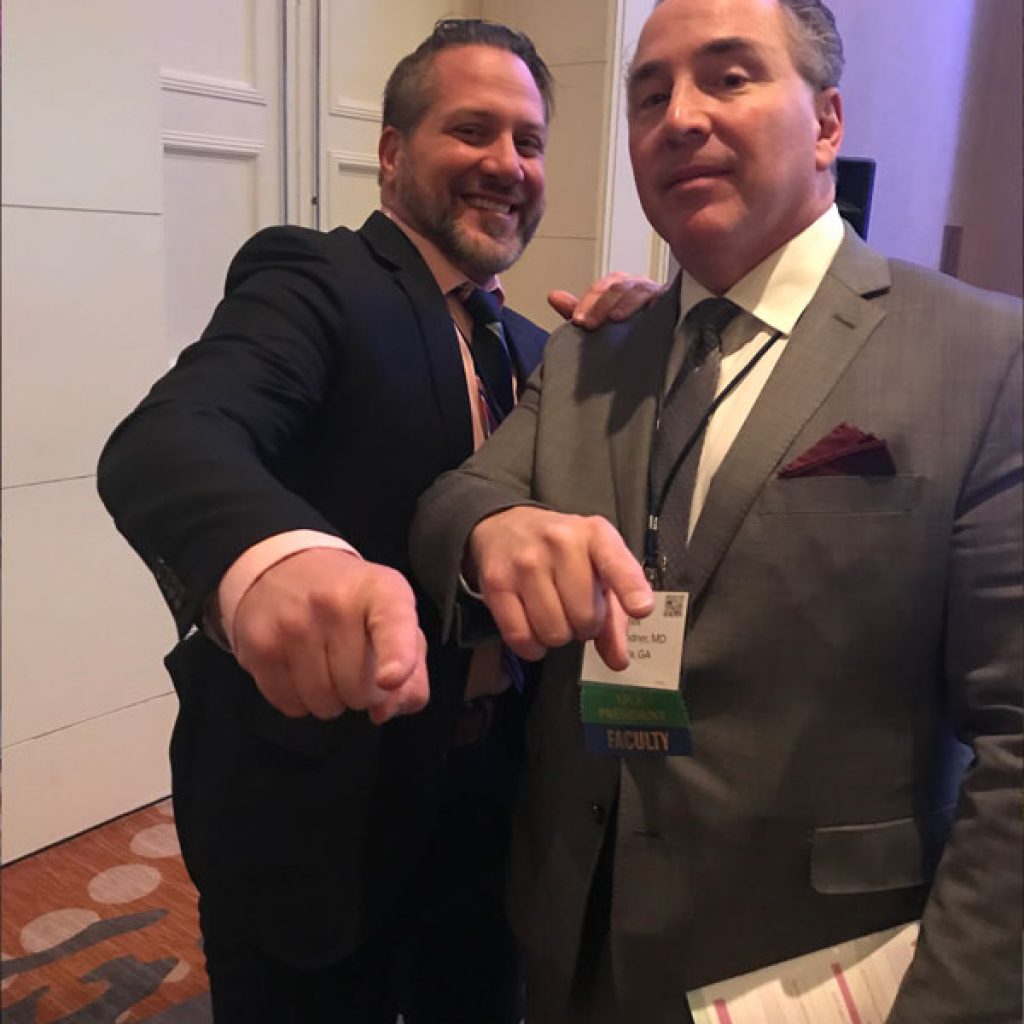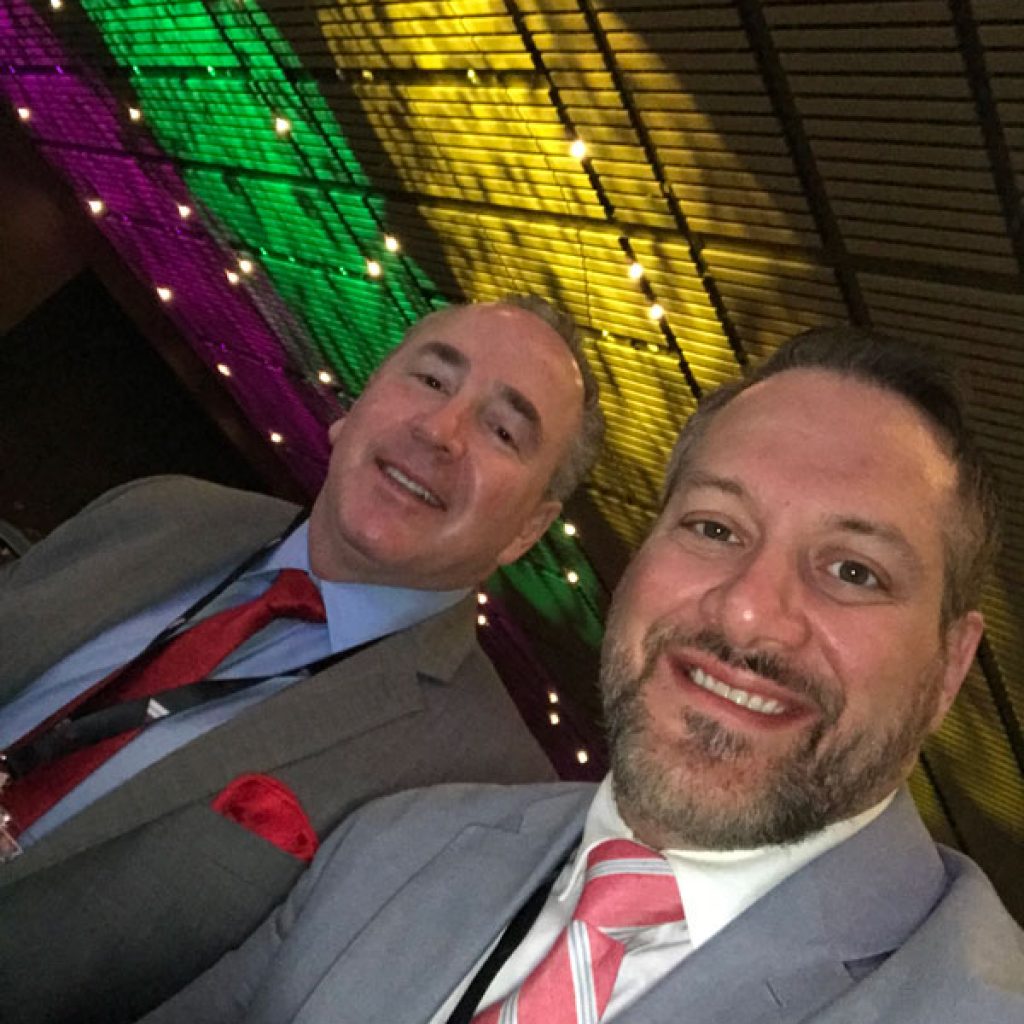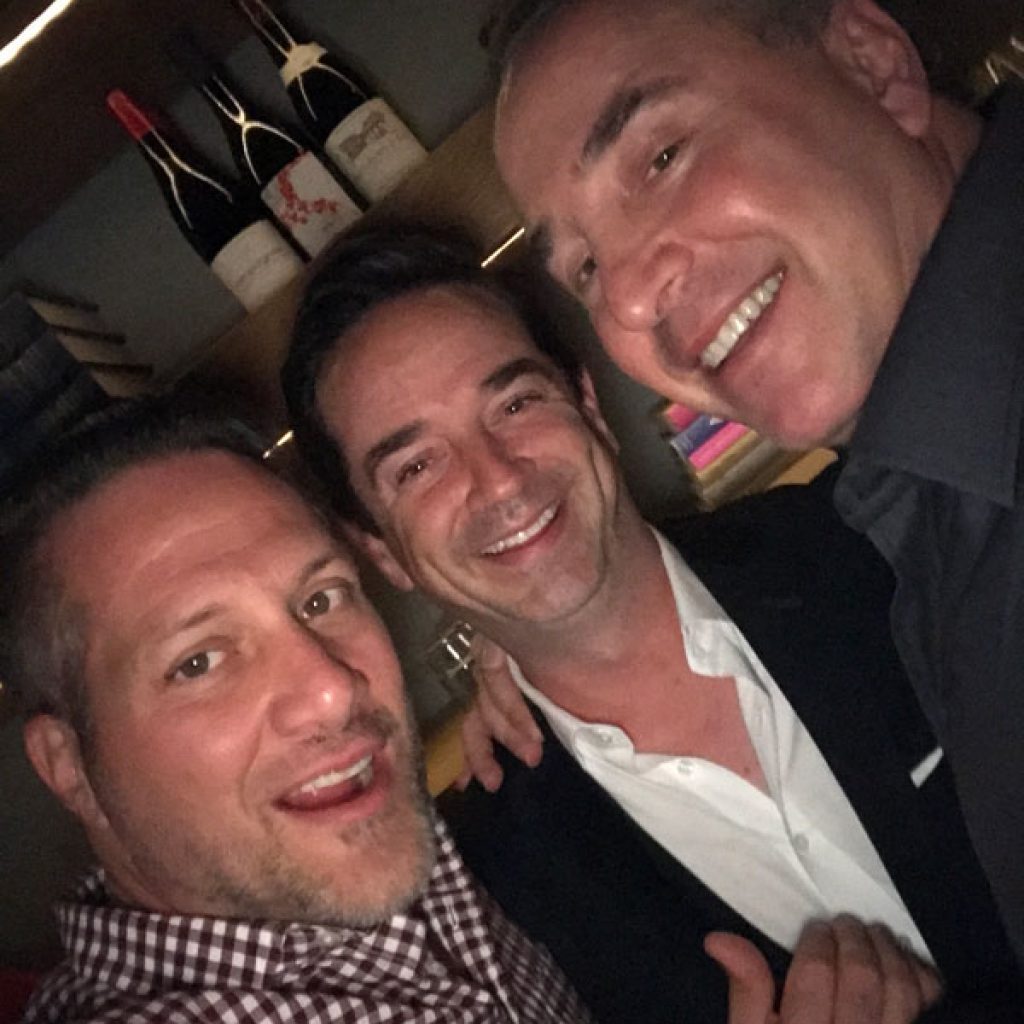 To become a plastic surgeon, one must enter a training program to hone their craft. This is known as a residency, which marks the beginning of a marathon of surgical education for newly minted MDs. This is akin to drinking from a firehose; an intensive, on-the-job training under the guidance of experienced senior surgeons. During this period, there’s hardly time for a normal life, let alone contemplation of the intensity and depth of knowledge being acquired. While residency equips you with the basics of plastic surgery, it may not provide specialized expertise in a specific discipline.
To become a plastic surgeon, one must enter a training program to hone their craft. This is known as a residency, which marks the beginning of a marathon of surgical education for newly minted MDs. This is akin to drinking from a firehose; an intensive, on-the-job training under the guidance of experienced senior surgeons. During this period, there’s hardly time for a normal life, let alone contemplation of the intensity and depth of knowledge being acquired. While residency equips you with the basics of plastic surgery, it may not provide specialized expertise in a specific discipline.
During my residency at the University of Michigan’s Division of Plastic Surgery, there was a phrase frequently uttered when a groundbreaking advancement was made: “We stand on the shoulders of giants.” This age-old metaphor, dating back to the 12th century, beautifully conveys the idea that true success and intellectual progress often come from building upon the insights of great thinkers who preceded us. We leverage their wisdom and experience to see farther than they did.
For those wanting to delve deeply into the intricacies of a subspecialty like oculoplastic or facial surgery, a select few graduating plastic surgeons opt for a fellowship. Fellowships offer the opportunity to learn practical, real-world insights and cutting-edge surgical techniques, laying the foundation for future careers. Some use this experience to advance their field in terms of scientific progress, publishing or academia.
I had always aspired to understand the cosmetic and functional intricacies of facial and eyelid surgery. In 2008, I was fortunate to be accepted into the prestigious PACES PLASTIC SURGERY FELLOWSHIP in Atlanta, Georgia.
I dreamed of studying under the esteemed Drs. Foad Nahai, Rod Hester and Sonny McCord. Additionally, there was an exceptional, younger surgeon in the group, known for his expertise in clinical work and as an author, who often mentored the fellows…taking them under his wing.
 From the moment I met Mark, I knew that I wanted to be just like him. He exuded confidence without arrogance. He was personable and demonstrated unparalleled technical skill as a surgeon. Within weeks of the start of the fellowship, we became fast friends. Our thought processes aligned, we had similar mannerisms and shared the same sense of humor. The nurses and staff affectionately called me “mini-ME,” an honor that I cherished. He was the older brother that I never had.
From the moment I met Mark, I knew that I wanted to be just like him. He exuded confidence without arrogance. He was personable and demonstrated unparalleled technical skill as a surgeon. Within weeks of the start of the fellowship, we became fast friends. Our thought processes aligned, we had similar mannerisms and shared the same sense of humor. The nurses and staff affectionately called me “mini-ME,” an honor that I cherished. He was the older brother that I never had.
Mark became the most influential mentor of my career. After my fellowship, our friendship grew stronger with each passing year. For years, we collaborated professionally, engaging in talks, panels and publications. I eagerly anticipated our next plastic surgery and social meetings, looking forward to hanging out, having a drink and sharing a laugh.
Mark ignited my passion for teaching and held me in high regard as his protégé. I admired his thinking, his boundless enthusiasm, and, most importantly, I cherished him as a brother. Throughout the remainder of my life, when making any significant professional or personal decisions, I often sought his guidance, arguably more than anyone else that I had trusted. The feeling was mutual. We never went more than a few days without texting, sharing stories or catching up.
Mark approached everything with a sense of purpose and a great sense of humor. He once told me, “When you go into practice, I want you to imagine that I’m standing behind you. With every decision that you make, ask yourself if I would agree with it.” I carry this wisdom with me to this day.
A few years ago, I was invited to deliver a series of talks in Melbourne, Australia. At that time, I needed a few slides for a discussion on ptosis (i.e. eyelid droopiness) repair. Mark had always been generous with his materials, so I asked if I could borrow a few diagrams from his ptosis talk, giving him credit, of course. Without hesitation, he sent me his entire presentation. “Use whatever you need, no problem at all.”
 As I opened the PowerPoint, I recognized three patients who looked very familiar. This was a talk that he had delivered internationally on numerous occasions. It dawned on me that a few years earlier, he had asked me if I could share some ptosis patients for a talk that he was preparing. Those patients who he had let me borrow in his talk were mine-my work, showcased and credited to me. I was overwhelmed with honor that my teacher had chosen to use his student’s material. It was full circle. That was Mark—standing on the shoulders of giants, as they say.
As I opened the PowerPoint, I recognized three patients who looked very familiar. This was a talk that he had delivered internationally on numerous occasions. It dawned on me that a few years earlier, he had asked me if I could share some ptosis patients for a talk that he was preparing. Those patients who he had let me borrow in his talk were mine-my work, showcased and credited to me. I was overwhelmed with honor that my teacher had chosen to use his student’s material. It was full circle. That was Mark—standing on the shoulders of giants, as they say.
On June 2, 2020, we had a brief phone conversation as Mark was wrapping up his term as President of the Southeastern Society of Plastic Surgeons (SESPRS). This professional society had become world-class under his leadership, and his dedication to teaching had been instrumental. I congratulated him and mentioned that we would catch up soon.
On June 4, 2020, suddenly and tragically, Mark passed away. He was 57.
I was devastated. My friend, my colleague, my mentor…was gone. No one person or thing could ever come to fill that place. I miss him every day.
In 2022, as the world began to recover from the isolation of COVID restrictions, Dr. Nahai asked me to give a tribute to Mark at the 2nd Annual Periorbital & Facial Symposium, co-sponsored by SESPRS and The International Society of Aesthetic Plastic Surgeons. Here’s an excerpt from my tribute:
Since Mark’s passing, I’ve come to understand more about our field of plastic surgery and the doctors who practice it. I include myself in this analysis.
I’ve realized that plastic surgeons are a bit like birds:
Some of us are like Peacocks. We strut around, displaying our brilliant colors and looking great in photographs or on social media. However, peacocks rarely leave the ground and never soar very high.
Some of us are like Canaries. We perch in bushes, away from other birds, singing softly and occasionally taking flight. In general, we eat small meals, avoiding the flight paths of any other birds.
Many of us are like Seagulls. We take to the skies often, skimming just above the shoreline, in search of sustenance. We flock together, migrating from one beach to another in our quest for remnants or leftovers. We sometimes fight amongst each other and sometimes work together. Seagulls can often exhibit impulsive behavior; driven by their strong desires to claim what they seek.
And then, there are the Eagles.
The Eagle soars high in the sky, often above the sightline of other birds. It always knows what’s happening below. The Eagle makes its presence felt… yet doesn’t need to. The Eagle understands the landscape and only descends when it’s worth the effort, making a significant and lasting impact every single time that they descend.
The Eagle is a master of navigating its world with elegance, majesty and grace.
Mark Codner, my mentor and dear friend, was an Eagle.
Salvatore J. Pacella, M.D., M.B.A., F.A.C.S.


